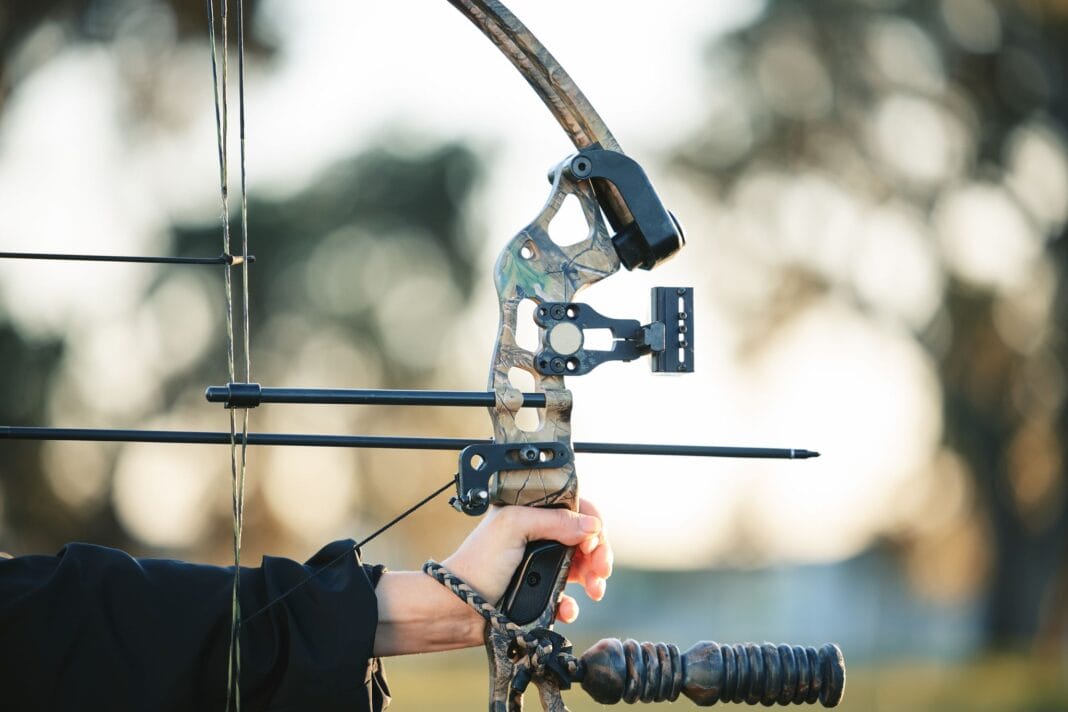Bow hunting is a challenging yet rewarding outdoor activity that combines skill, patience, and precision. Arrows, the silent partner of your bow, play a crucial role in ensuring a successful hunt. Selecting the right arrows can impact accuracy, speed, and efficiency. This article outlines key factors to consider when choosing the best arrows for bow hunting.
Understanding Arrow Components
Before delving into the selection process, understanding the basic components of an arrow is essential. Each part influences the arrow’s performance and suitability for different hunting scenarios.
Shaft
The shaft is the slender, elongated body of the arrow. It can be made from various materials:
- Carbon: Light, durable, and resistant to warping. Ideal for long-distance hunting due to its consistency and speed.
- Aluminum: Heavier than carbon, but more affordable. Known for its straightness and precision. Great for close to medium-range shots.
- Fiberglass: Durable and cost-effective, often used by beginners. However, not as straight or consistent as carbon and aluminum.
- Wood: Traditional and aesthetic, mostly used in traditional archery. Wood can warp in various climates, affecting performance.
Fletching
Fletching consists of the feathers or vanes attached to the arrow shaft, stabilizing its flight. Types of fletching include:
- Plastic Vanes: Durable and weather-resistant, suitable for compound bows.
- Feather Fletching: Lighter and offers better stabilization, ideal for traditional bows.
Nock
The nock is a small groove at the arrow’s end, securing it onto the bowstring. Ensure the nock fits well with your bowstring size.
Broadhead
The broadhead is the hunting point attached to the arrow shaft, designed to penetrate and cause lethal damage to game:
- Fixed Blade: Reliable and sturdy, requiring tuning for accuracy. Suitable for hunters who prefer a traditional setup.
- Mechanical (Expandable): Opens upon impact, offering a larger cut. Reduces wind resistance during flight but may require higher poundage bows.
Arrow Spine and Weight
Understanding Arrow Spine
Arrow spine refers to the arrow’s stiffness or flexibility, essential for maintaining accuracy during flight. The spine must match the bow’s draw weight and length specifications. An arrow too stiff or too flexible can cause errant shots.
Calculating Arrow Weight
Arrow weight is crucial for determining speed and penetration. Lighter arrows travel faster, ideal for target practice and smaller game. Heavier arrows penetrate deeper, suitable for larger game with thicker hides and bones. Calculate weight in grains per inch (GPI) combined with other arrow components.
Choosing the Right Arrow Length
The length of your arrows should correlate with your draw length for optimal performance. A general guideline is to choose arrows 1 to 1.5 inches longer than your draw length to ensure safety and performance.
Tips for Choosing the Best Arrows
- Consult Professionals: Visit a local archery shop for expert advice and to test different arrows.
- Consider Your Bow Type: Tailor your arrows to the type of bow you use: compound, recurve, or traditional longbow.
- Assess Your Hunting Needs: Depending on your target and environment, adjust your choice of materials and broadheads.
- Practice Regularly: Familiarize yourself with how different arrows perform under various conditions.
Choosing the best arrows for bow hunting involves understanding your personal preferences, bow specifications, and environmental factors. By considering arrow components, spine, weight, and length, hunters can enhance their accuracy and success rates. Properly selected arrows not only improve hunting efficiency but also contribute to a more ethical hunting practice by ensuring clean, quick kills. Keep these guidelines in mind, and may your bowstring always be taut and your arrows true.


